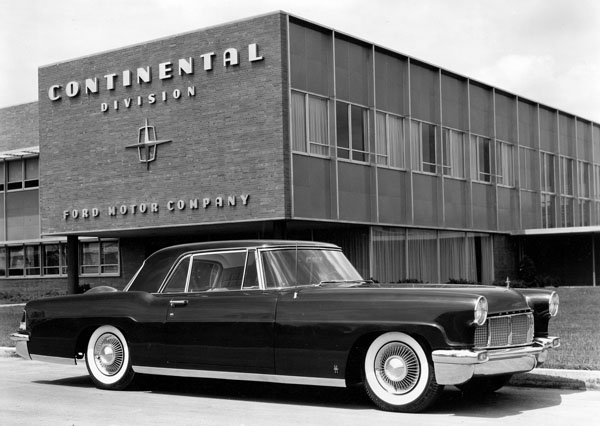Henry M. Leland, who is now best known as the founder of Lincoln, was the guiding light behind Cadillac between 1902 and 1917. In 1909 Cadillac merged with Buick, Oldsmobile and Oakland to form General Motors. Leland became president of the new company and remained in that position until 1917 when, at the age of 74, he left them. Instead of retiring as most would have done at that stage, he formed a company in conjunction with his son to produce aircraft engines.
At the end of World War I the company converted to car production under the name of Lincoln Motor Company. By 1922 the company was having financial difficulties and was taken over by Henry Ford, who wanted a prestige brand that would appeal to the wealthy as the brand that bore his name had become synonymous with low cost.
The big Lincolns nearly always lost money for Ford, and production never exceeded 9000 in any year. By the late 1930s, hardly any could be sold above the $5000 mark, and the line ended in 1940. Foreseeing that a medium-priced car would be needed to keep the Lincoln name alive, as early as 1933 Edsel Ford engaged John Tjaarda to modify a rear-engined streamliner he had designed for the Briggs body firm.
With additional design work by Eugene T Gregorie, the new car, the world’s first medium-priced V12, was ready for the 1936 model year. The flowing unit construction body, although expensive to repair when rusted, featured integrated headlights and an alligator bonnet. The shape, especially that of subsequent three-window coupes (only saloons were made at first), won wide acclaim. Not so the 4.4-litre 82kW engine, later 4.8-litres and 90kW, a hastily conceived unit prone to breakdowns.
The original Lincoln Continental was based on standard Zephyr mechanical components, including the 4.8-litre V12. When Edsel Ford outlined to Gregorie what he wanted in a personal car for use in Florida, the designer developed a prototype, completed in March 1939. It drew such favourable attention that Ford was encouraged to have the design modified for limited production. From October 1939 through the 1940 model year, 425 convertibles and 54 coup‚s appeared as special edition Zephyrs. Then, with improved suspension and many refinements, the new cars were marketed as Continentals, starting in the 194I model year.
The 1940-41 models were more pleasing aesthetically than the later heavier looking chrome-fronted 1942 and 1946-48 series. Total production was 5322. The V8s that succeeded the Continental were Mercury-bodied Lincolns and ponderous Cosmopolitans but these were not material for legend. The Continental Mark II of 1954-57 was a different proposition. Attractively priced, without air conditioning, it was avowedly a modern formal Classic.









